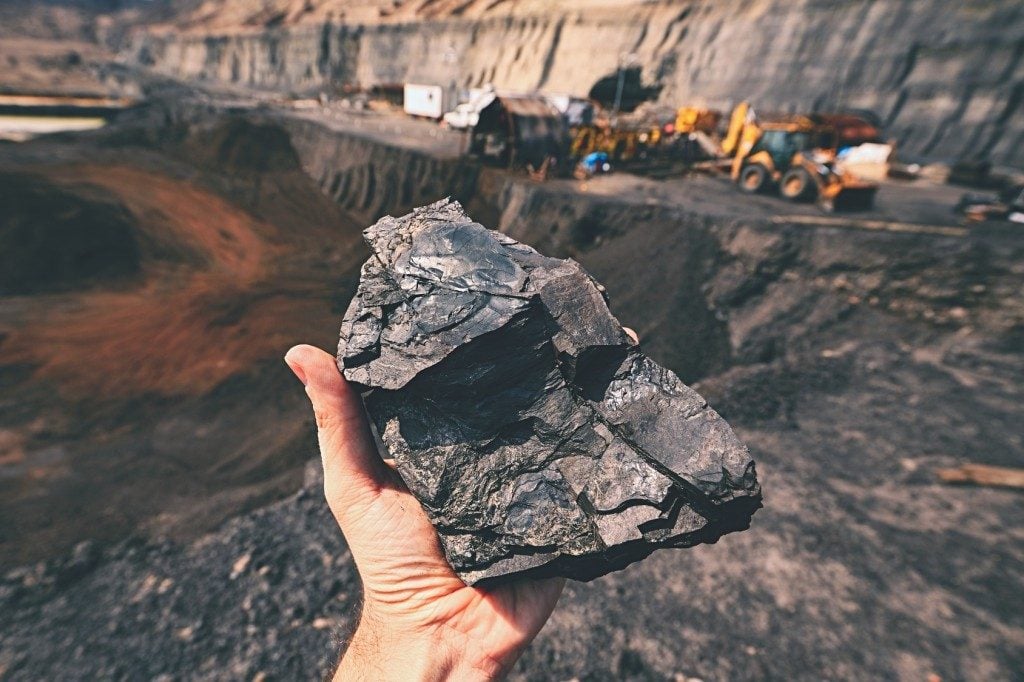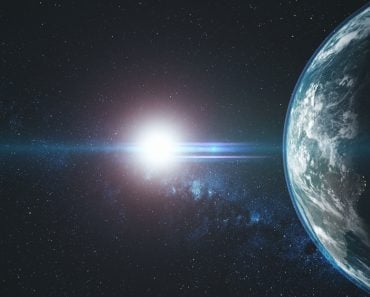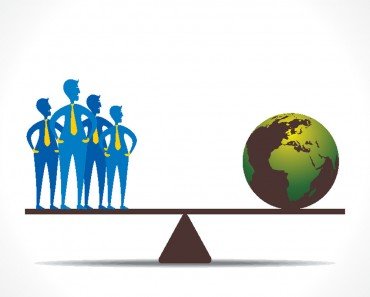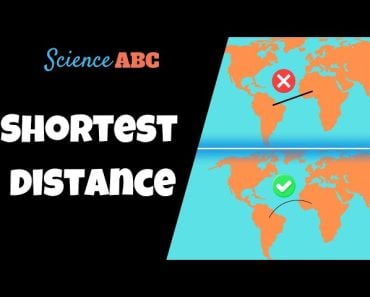Table of Contents (click to expand)
Yes, your weight can vary in different cities in the world due to the different gravitational pulls in those areas. For example, you would weigh less in Colombo, Sri Lanka than in Kathmandu, Nepal because of the different relative gravities in those two cities.
We tend to think of gravity as a standard force that affects every person around the world equally, pulling us down towards the earth at 9.8 m/s2. However, there are actually tiny variations in gravity across the planet, which means that your weight could vary. The same person could weigh more in New York than in Mumbai. Sure, it sounds a bit crazy, but let’s look at some of the main reasons for this gravitational anomaly.
Recommended Video for you:
Why Does Weight Change With Location?
1. The Equatorial Bulge
If you’re standing anywhere on the equatorial line, you’re actually about 21 km (13 miles) farther from the center of the Earth than you would be if you were standing at the poles. This difference is due to the equatorial bulge, which is caused by the rotation of the Earth.
At some point in the 17th century, French explorers noticed that the pendulum clocks they used ran faster in the province of French Guiana in South America than they did in France. The reason for this was that the gravitational acceleration was stronger in French Guiana than in France, so the pendulum swung slightly faster, making the clocks speed up. Standing on the equator, you’re about 1% lighter than you are at the poles, so the nearer you are to the equator, the less you weigh (and the faster your pendulum clocks will run).
2. The Surface Of The Earth
If there are ice sheets or breaks in the crust where mantle flows up through on the Earth’s surface, the gravity in that region is usually lower. The Hudson Bay region in Canada is one such region with notoriously low gravity, although the effect is barely noticeable unless measured. There, when the Ice Age ended 20,000 years ago, a large ice sheet about 3 km thick melted to leave the crust pushing upwards. This ‘hollow’ part of the Earth’s crust, devoid of metal and hard rock, and largely supported by ice creates a region of low gravity.
3. Mineral Deposits
Large metallic ore and oil deposits add to the gravitational pull of the Earth and therefore increase the gravitational pull above them. The gravitational analysis is actually an important aspect in the field of mining, as it helps reveal potential mine locations that are rich in heavy metals or oil.

Also Read: Why Free-Falling Makes You Weightless, Even In The Presence Of Gravity?
Are You Lighter At The Equator?
If you’re in an elevator accelerating downward, you’ll start to feel lighter as the elevator drops. Similarly, the rotation of the Earth can also reduce the perceived gravity (a measure of acceleration towards the center of the Earth) of a region.
If you’re standing at the equator, your perceived gravity will reduce by approximately 0.35% from the average 9.8 m/s2. This is because the centrifugal force on an object due to the rotation of the Earth is highest at the equator. This is mostly canceled out by the acceleration due to gravity, but the difference between the two is what causes a slight decrease in your weight closer to the equator.
Also Read: If There Is No Gravity In Space, Why Don’t Things Bump Into Each Other?
Why Does Weight Change With Location
If you’re in Colombo, Sri Lanka, you’ll weigh just a tad bit less than if you’re in Kathmandu, Nepal. The Indian Ocean is one of the lowest relative gravity regions in the world, while the heavy Himalayan mountains increase the gravity in the region, along with other factors, such as distance from the equator. Therefore, if your weight increases slightly after traveling, take a look at this model below and see if it had anything to do with the gravity in the region, or if you just ate a bit too much.












